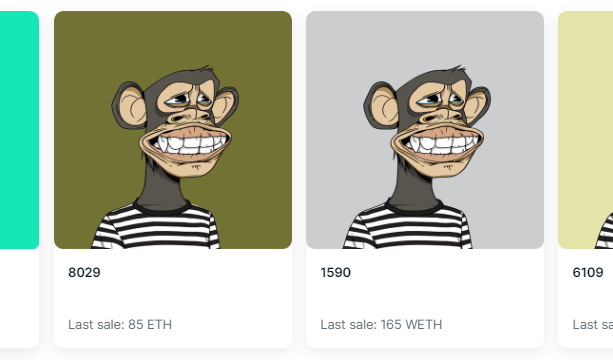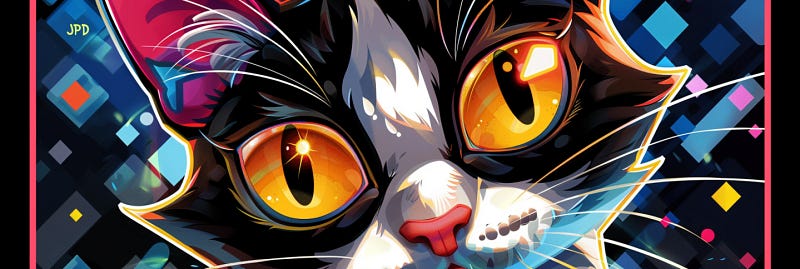Navigating Dupes in Generative NFT Art: Insights and Solutions
Written on
Understanding Dupes in Generative NFTs
Are duplicates in the Bored Ape Yacht Club (BAYC) collection a real concern? This question sparked a lively discussion on Twitter, where I encountered a thought-provoking post highlighting 32 pairs of apes that, while visually similar, differ only by their background colors.

Do you believe that BAYC #8029 and BAYC #1590 should be considered duplicates? This can be viewed from two perspectives:
- Not Dupes: The backgrounds are significant traits, rendering the images distinct for practical purposes. Technically, while they appear identical aside from the background, their underlying hash values differ, indicating uniqueness.
- Are Dupes: The backgrounds should be irrelevant, as the apes themselves share the same characteristics, making them fundamentally identical.
Ultimately, this debate is subjective, and it's clear that NFT creators would prefer to avoid such situations altogether. Let's explore ways to minimize or eliminate duplicates in generative NFT collections.
Addressing Duplication in Generative NFT Art
Before diving in, I acknowledge that I lack comprehensive data on the prevalence of duplicates within the BAYC collection or similar projects. As evidenced by the tweet, there are at least 32 instances where the same character appears with varying backgrounds, but the true extent remains uncertain. Additionally, there may be instances where pairs of apes are nearly identical, differing by just one trait.
Limiting Duplicates Organically
BAYC incorporates a total of 168 traits across seven categories. While this may seem like a vast array of combinations—over one billion in theory—duplicates can still arise, particularly with common traits. Here are two strategies to mitigate the issue:
- Increase Traits and Properties: Adding more traits or categories can significantly reduce duplication. For instance, introducing five additional traits in each category could help, as could expanding the properties to include options like a “Necklace” category with various designs. This could elevate the possible combinations from one billion to ten billion.
- Reduce Logical Constraints: Some generative sets impose strict logical rules (e.g., pairing a blue hat with a blue shirt). While these rules help maintain aesthetic coherence, they also limit the variety of combinations. By reducing these constraints, the likelihood of duplicates may decrease.
Technical Solutions for Eliminating Duplication
To tackle the issue of duplicates more rigorously, consider the following approaches:
- DNA Comparison Ignoring Backgrounds: When generating new NFTs, implement a process that compares the current NFT against previously created ones without considering backgrounds. This method would ensure that even visually similar apes are recognized as unique.
- Degrees of Separation: To further refine uniqueness, you might require a minimum number of differing traits for each ape to be deemed distinct. This coding approach could address instances where apes are identical except for minor traits, preserving uniqueness across the collection.
In conclusion, while the presence of duplicates may not be a significant concern, it’s a topic worth consideration, especially for those of us involved in coding generative NFT projects. I typically adopt an organic approach with clients, dedicating substantial time to discussing traits, properties, and rarity distributions.
Further Reading
For those interested in diving deeper, I recommend checking out the following article:
Rarity Tables Made Easy When Planning Generative NFT Sets
The more traits, the better — to a degree.

Jim Dee is a prolific writer, developer, and multimedia creator based in Portland. Discover more about him, his ventures, and his works at JPD3.com. Thank you for engaging with this content! The accompanying cat image was generated by Midjourney AI.